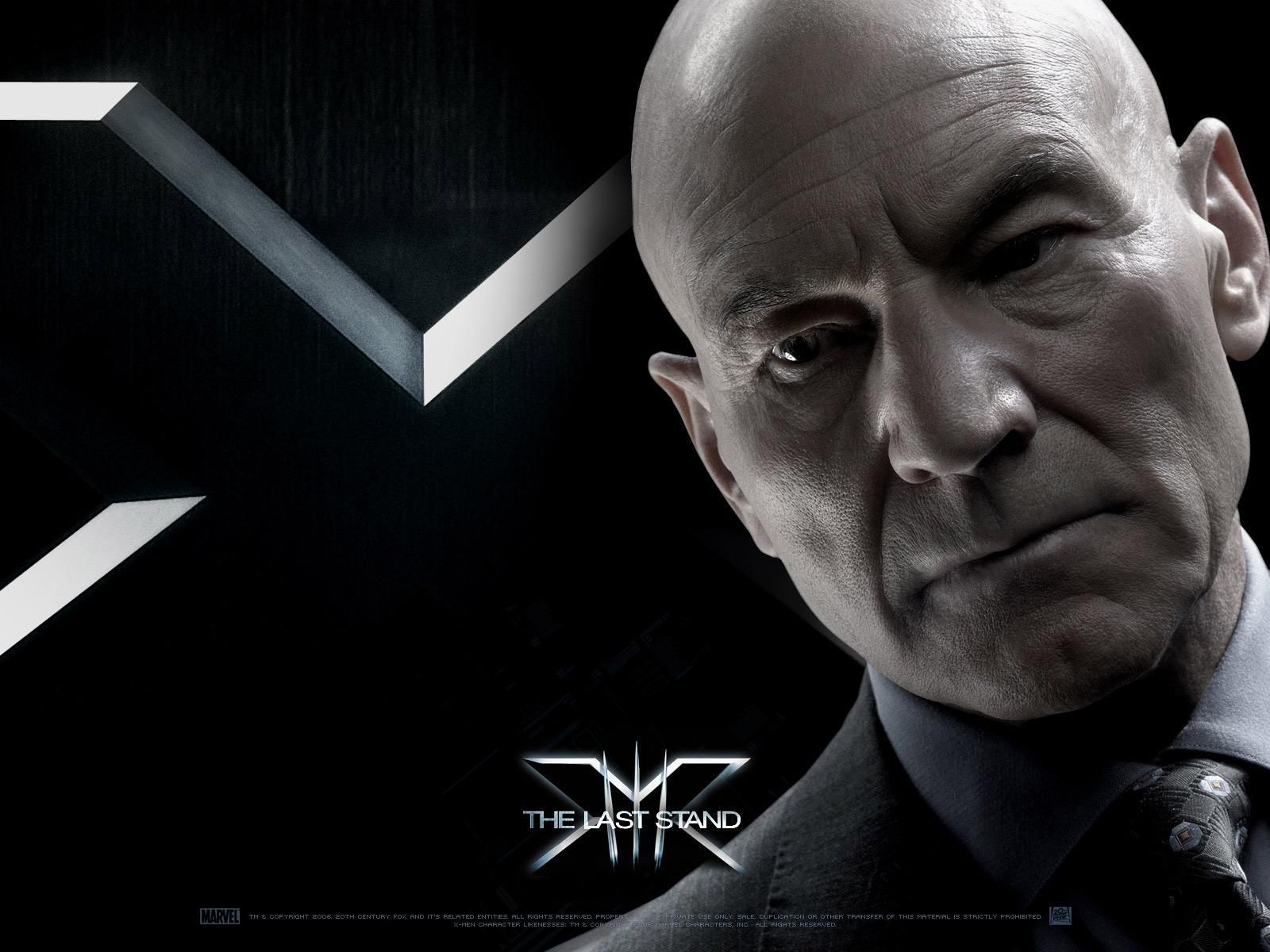 |
| (No introduction required.) |
 |
| Most passive-aggressive gift ever. |
No x-rays,
 |
 |
| Moody, beachy music of awesomeness. |
Having watched every episode of HBO's Silicon Valley, I know that when a project doesn't conform to standards, it's time to pivot.
 |
| Never lose faith in Mary the Quene. Not even you, |
X is for ten (10.)
As in the Top Ten People with Most Influence on Elizabeth I.
Five women, five men.
Catherine Howard (1) proved that if you can't be a model of good behavior, you may as well be a terrible example.
Catherine Howard, first cousin once removed from the then-Lady Elizabeth via her mother Anne Boleyn, had her head struck off on 13 February, 1542.
That makes the Lady Elizabeth 8-9 years old.
(go HERE to see why there's a range of ages possible:
http://www.kateemersonhistoricals.com/noteondates.html )
Right in the neighborhood of the age she is famously credited with having said to her then-childhood friend Robert Dudley(2) that she'd never marry.
Robert Dudley influenced the queen by his delicious, yummy, non-availability.
Elizabeth I had a warm and fuzzy side but as it fell under the category of 'liabilities,' she allowed the softer side of her nature out infrequently at court.
Her habit of nick-naming her courtiers and members of royalty was a playful (sometimes cutting) facet of her warm and fuzzy side; love delivered with a healthy slap upside the head.
 |
| Yes, Duke of Anjou, that was meant for you . . . |
 |
| "I'm earl of Leicester - but you may call me 'Sweet Robin.' |
He put her in touch with the joyous side of a healthy, functional relationship.
His 1550 wedding to the
Edward VI, thirteen years old at the time and with three years experience being King of England, was Elizabeth I's half-brother.
Born when Elizabeth was a toddler, and with an intellectual acuity equal to hers, Edward VI and Elizabeth represented the best of the Tudor gene pool.
As siblings close in age will do, the two of them melded (melt + weld = meld) into a single, intellectual, us-against-the-world sister-brother unit.
As little children, Elizabeth would have grasped that her little brother was destined to wear the crown.
That didn't make her any less determined that, should the line of succession expand to include her, she was ready, educated and qualified to wear that same crown.
Her ability to dive in to complex, daunting lessons in Greek translation, Socratic debate, mathematics,
They were allowed to study, live, play and enjoy life together.
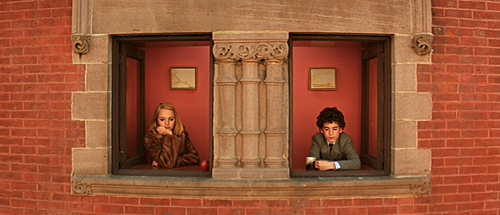 |
| Oh, the Tenenbaum children had NOTHING on the Tudor children! |
Their childhood ended right then and there.
Happily, their close relationship continued, with no pesky religious differences between them; not like their much-older, scold of a half-sister, Lady Mary. who would NOT stop banging on about Catholicism in a brave new Protestant world.
Lady Mary became Mary I(4) after Edward VI's heart-rending death at age fifteen.
Mary I. the half-sister from hell, loved her siblings, but her love for jamming dogma down the throats of the entire country was stronger.
She squared off on that topic against the young king Edward VI one holiday season, and in the tradition of families all the world over, they argued, shouted, cried and generally ruined the atmosphere at Christmas luncheon.
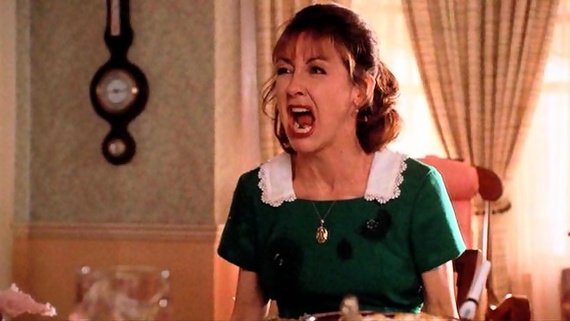
Later, as queen, she taught (then) Lady Elizabeth extremely valuable lessons in delay tactics, the importance of sticking to the same story fed to all servants, and how to brass out a grilling by the best lawyers and counselors in the world.
Mary I schooled Elizabeth I in focus.
The higher the stakes, the sharper Lady Elizabeth's focus.
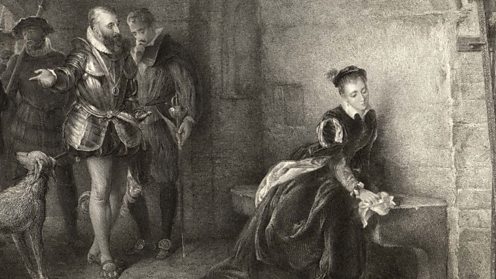 |
| Wild horses couldn't drag it out of her. . . |
England did not take well to the news of a Spaniard lying cheek and jowl (among other things) with their queen.
Mary I was older than her cousin husband, and he was not of the "in the dark all cats are grey" mentality.
His high-strung, religious, strong-natured, stubborn and fearless wife was a bit much for him; he showed up for appearance's sake but much preferred sneaking a peak at his red-headed, bright, sweet, underdog of a sister-in-law.
Philip II spoke out against his wife's poor treatment of her half-sister, insistence that Elizabeth, stressed-out with digestive issues, hit the rails at Mass as often as she did.
 |
| "And I'm like, 'GAAAAAHHHH I HATE GOING TO CHURCH!" |
After Mary I died childless and only five years into her reign, Elizabeth I took the throne.
Philip II was always just off-stage; a frenemy who'd once saved Elizabeth when her sister would have happily thrown her under a train.
Years later, his Spanish Armada clashed with England's troops in his ill-fated, water-soaked and flash-fire invasion of Elizabeth I's realm.
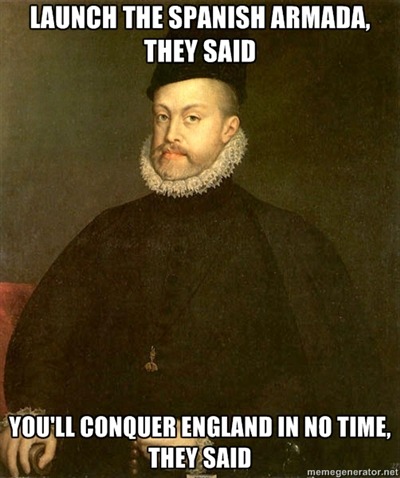
She showed him who was really the boss.
It's lonely at the top.
Question: in a situation where everybody worked their own angle, who could a girl trust?
Family.
Catherine Carey(6) and Henry Carey(7) were Elizabeth I's first cousins.
Their mother, Mary Boleyn, was Anne Boleyn's sister.
Cousins.
Their father? Well, not to put too fine a point on it, was likely Henry VIII - father to Elizabeth.
 |
| Yes. THAT. |
Their influence was similar to that of Robert Dudley's - the influence of knowing there were people in whom the queen could place her trust, her secrets, her heart.
Courtiers and politicians come and go, but family stays.
In the case of Catherine and Henry Carey, Catherine stayed as Elizabeth's most confidential and closest companion.
Henry Carey could be trusted to nonchalantly vacuum up all the gossip and rumors at court
 - and to report them verbatim to Elizabeth.
- and to report them verbatim to Elizabeth.Also in the 'inner bed-chamber-circle' tier of influence was Catherine Champernowne Ashley(8) (or Astley.)
Catherine, or 'Kat,' was Lady Elizabeth's governess and her lifelong mother substitute.
The teen-aged Lady Elizabeth faced her first crisis shortly after the death of her father, when her father's sixth wife Catherine Parr remarried.
As Lady Elizabeth was living with the Dowager Queen and the Dowager Queen's new husband, Thomas Seymour, the fact that Seymour had an unhealthy interest in the teen-aged step-daughter of his wife was a problem for everyone in the household.
Kat Ashley played defense for Team Elizabeth.
She scolded Seymour for his no-boundaries policy with her young charge; she reported his 'games' when they'd gone too far, and she shut her trap whenever her association with Elizabeth landed her in the Tower of London.

She refused to incriminate the girl she loved as a daughter.
Elizabeth I had to perform a log-rolling act almost every day of her life between the ages of eighteen and twenty-five.
The consequences of one misstep could be death.
The man who gave her an identity, a sense of self, and a righteous ability to own a throne - Henry VIII - also opened her up to attack by others with a little Tudor blood in their veins who wanted her throne as much as she did.
Henry VIII(9), a god-like figure to sixteenth-century England, was a lion.
Elizabeth I was the daughter of a lion.
The daughter of a lion is also a lion.
 |
| The "R" is for Regina! |
Henry VIII, whose love for Elizabeth never seemed to waver in spite of the fact that his love for her mother went awfully cold, recognized an equal when he encountered one.
Elizabeth I, from a very early age, was every bit Henry VIII's equal.
Her dark eyes, her quick wit and her facial bone structure came from her mother,
 but her red-gold Tudor hair and her instinctive ability to charm came from her father.
but her red-gold Tudor hair and her instinctive ability to charm came from her father.
The young Elizabeth displayed keen, insightful, scary-smart intelligence even as a toddler.
Henry VIII was not immune to her ability to charm, but Elizabeth's brain power was her trump card.
Not even the birth of Prince Edward lessened Henry VIII's love for his red-haired, made-illegitimate, charm-the-birdies-out-of-the-trees little girl.
Shame about her mother . . .
Anne Boleyn(10), like her cousin Catherine Howard, was first Henry VIII's obsession - and then his victim.
When she miscarried a couple of boys, and when her wit became more rapier-like and insulting to Henry VIII, he turned the matter over to his Chief Fixer and Bagman, Thomas Cromwell, thus allowing her to be executed.
Think about it for a minute (and, if by some horrible chance your own father murdered your mother, I am so, so, sorry for how fucked-up your childhood must have been) - knowing to some degree depending on your age, that your father was the reason you'd grown up motherless.
That's about as messed-up as it gets.
There's no accounting for the heart that's true; the statute of limitations on Elizabeth's love for the mother she didn't have never ever expired.
In 1575, a ring was made for the queen.
It was a locket ring.
One side has a picture of Elizabeth I in miniature.
The other side has a miniature of a woman in 1530's style fashion; her countenance is almost a perfect duplicate of Elizabeth's own countenance.

Yes.
Anne Boleyn was never farther than a hands-reach away from her daughter.
Influence that transcended time, space, and the grave.
No comments:
Post a Comment